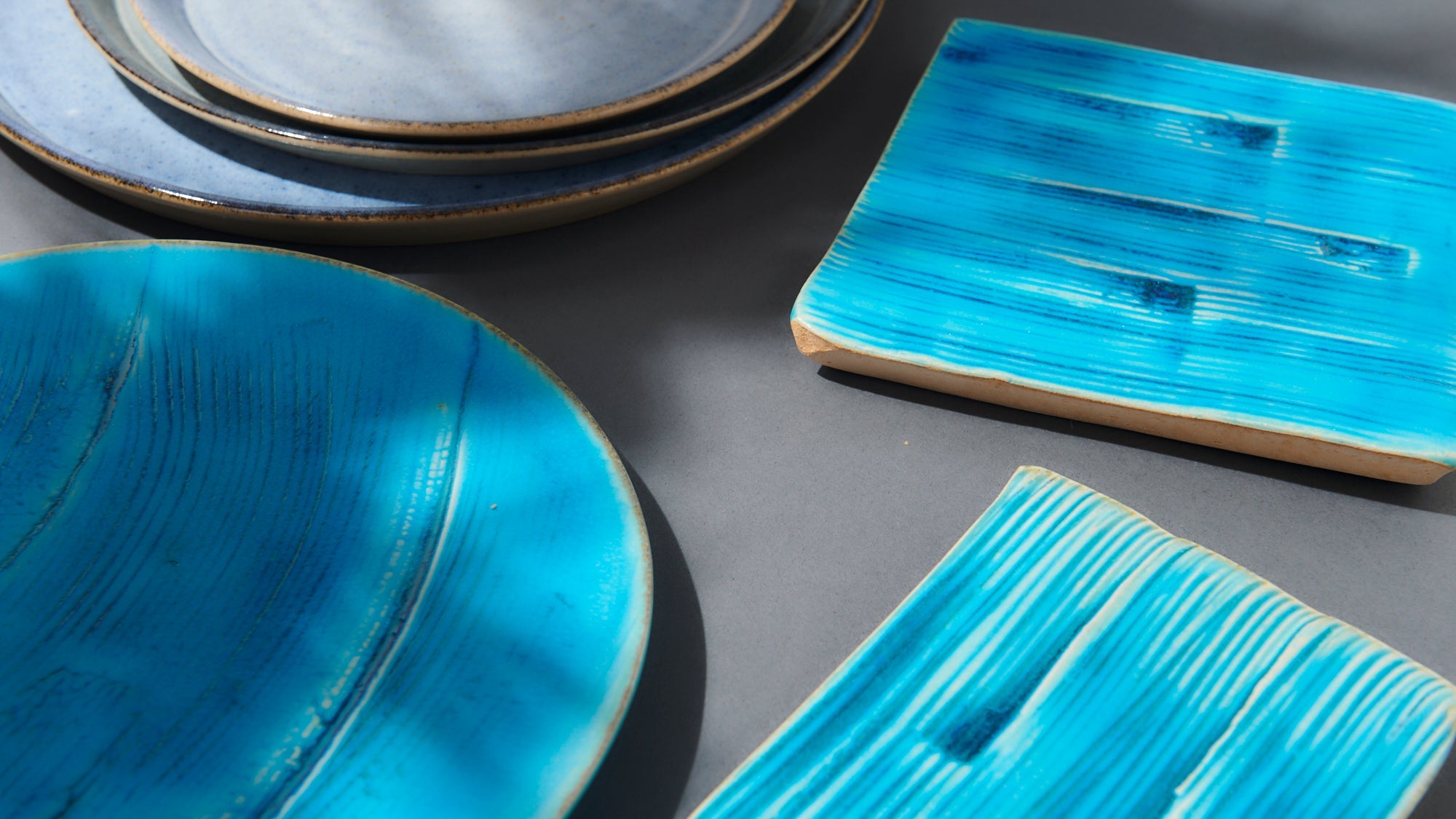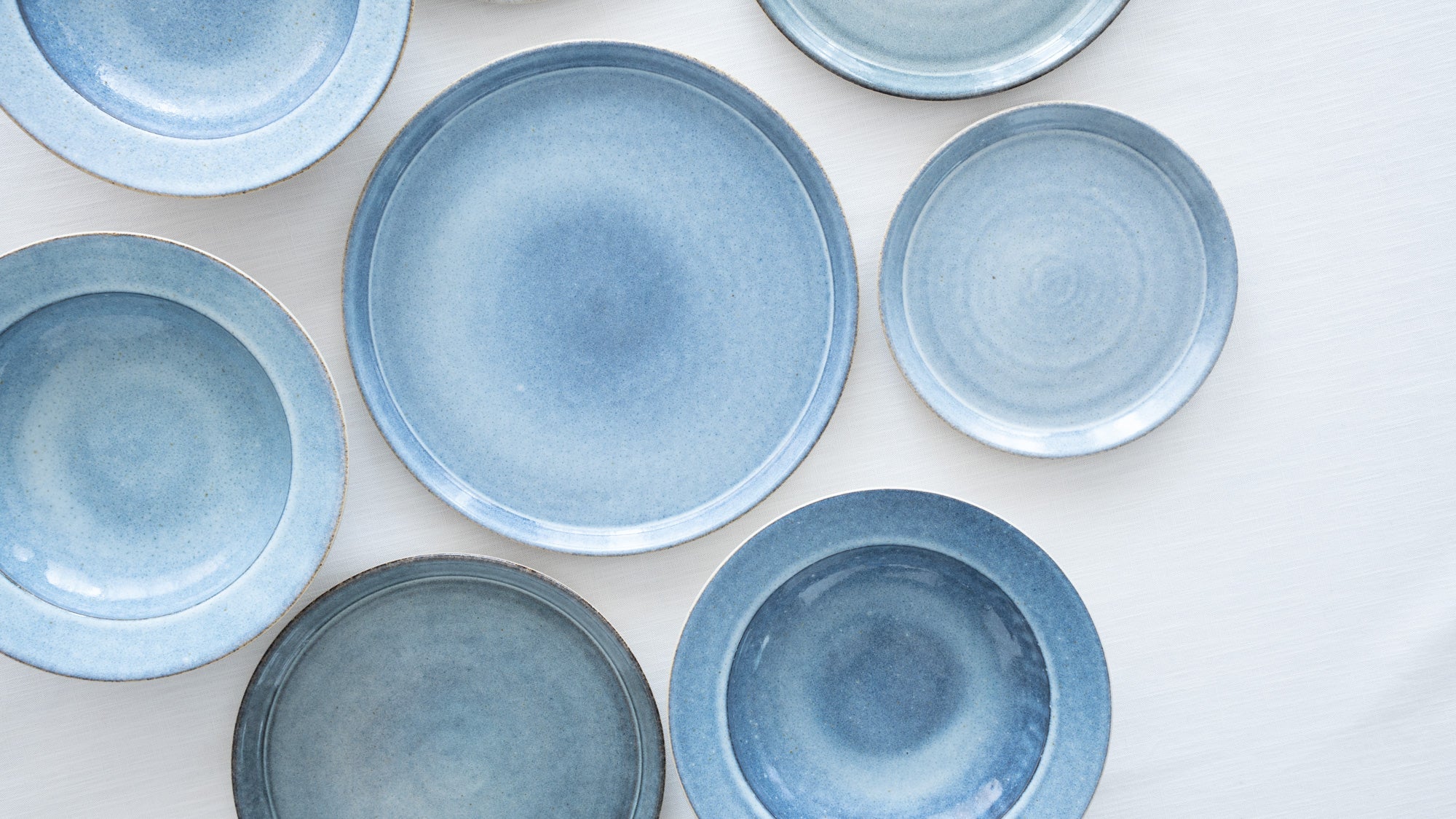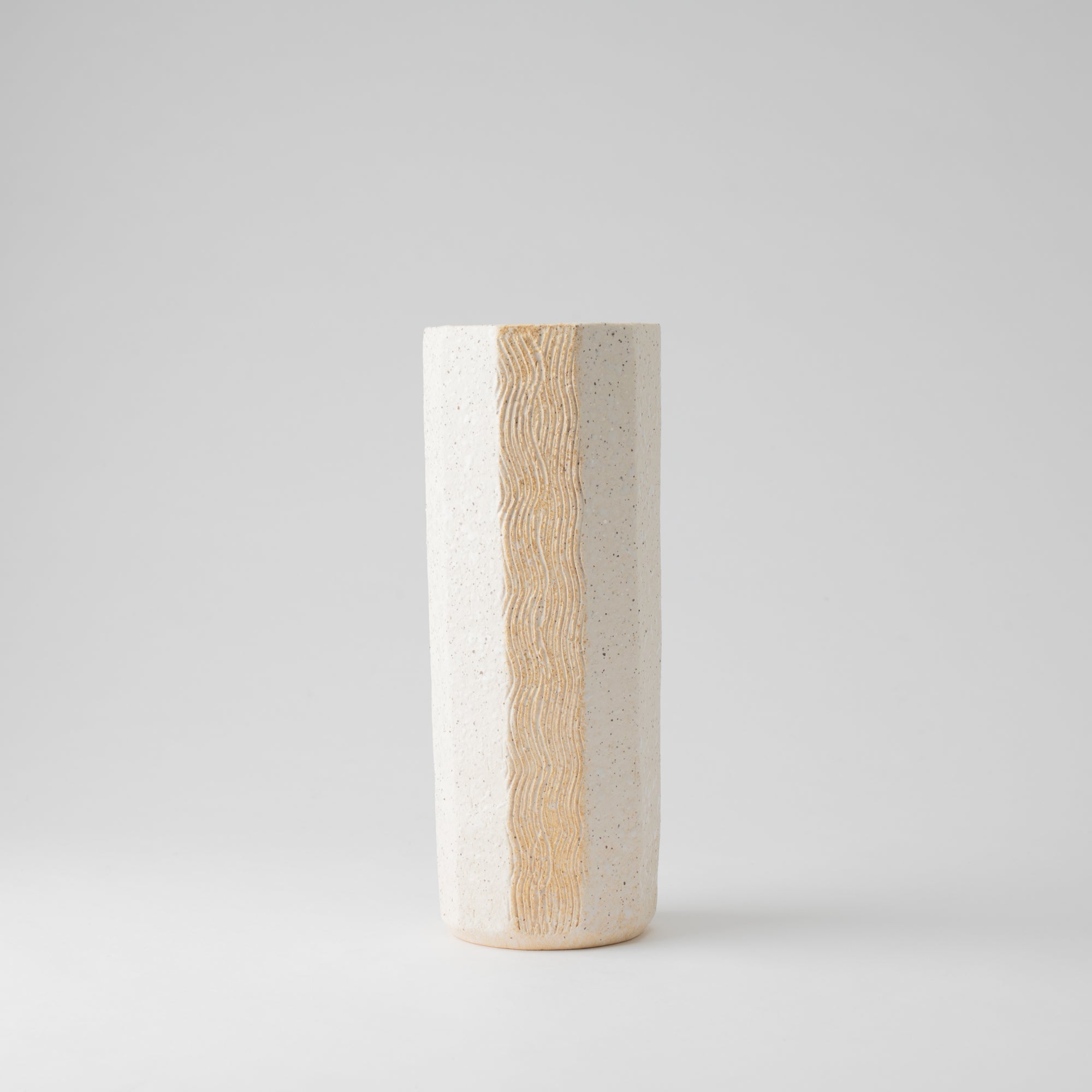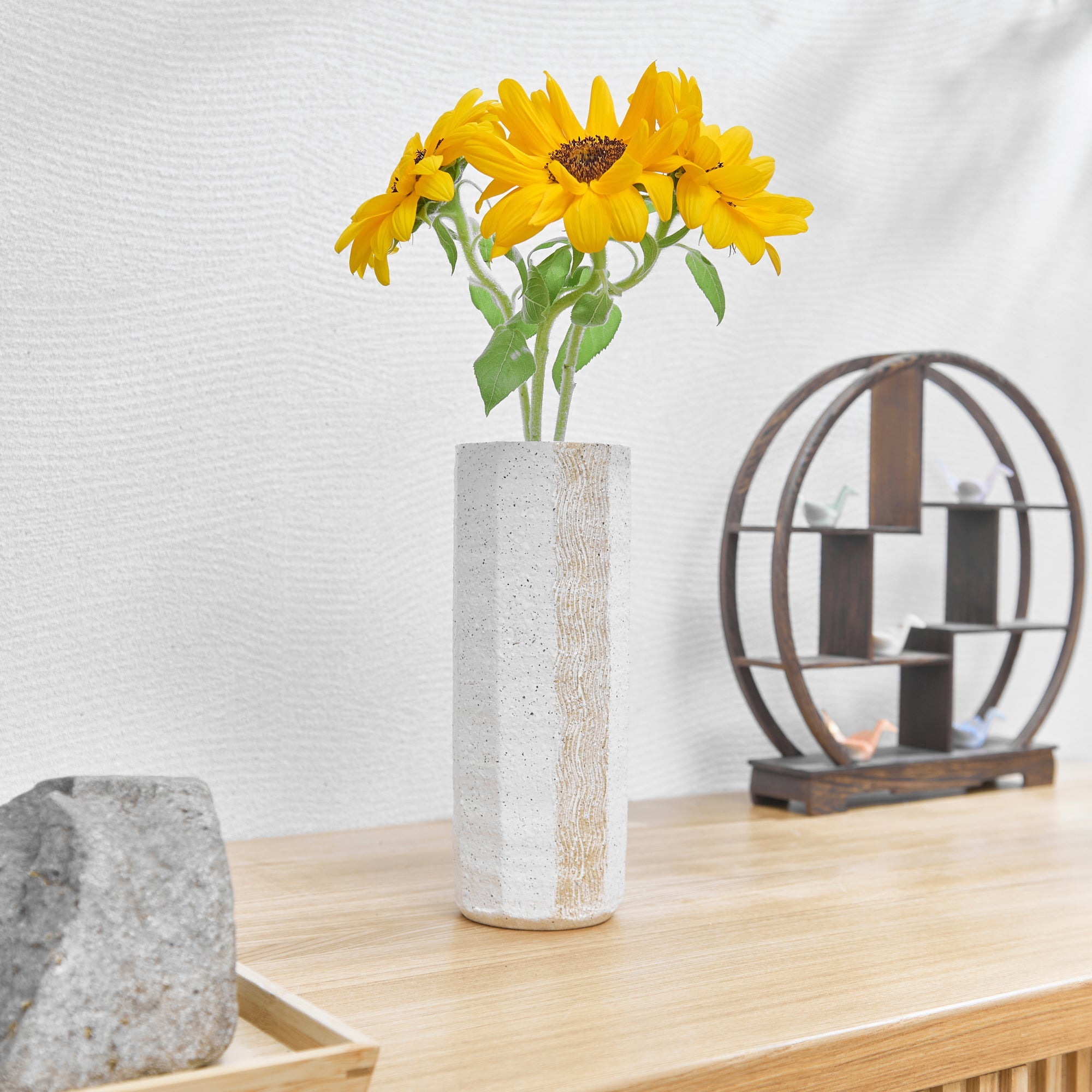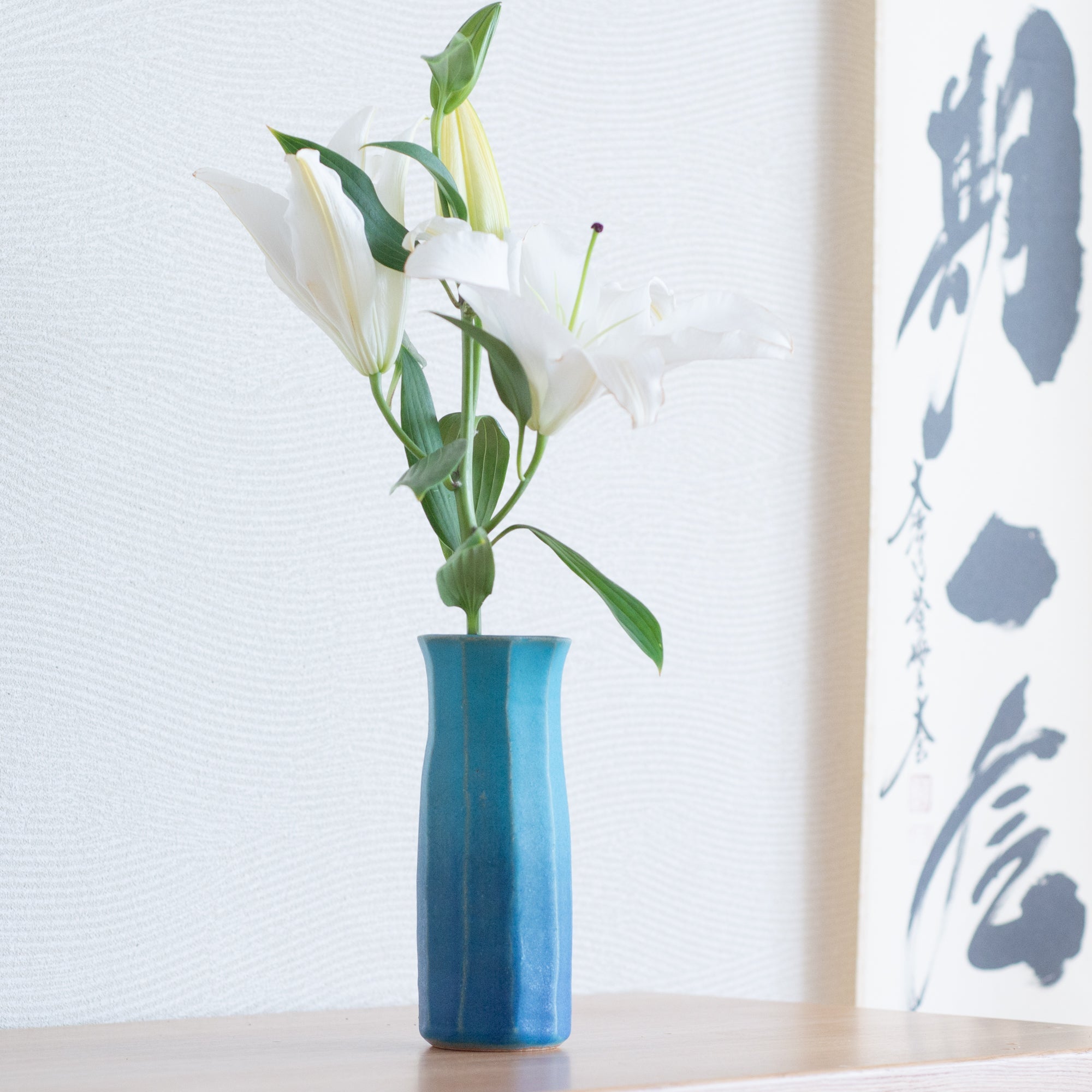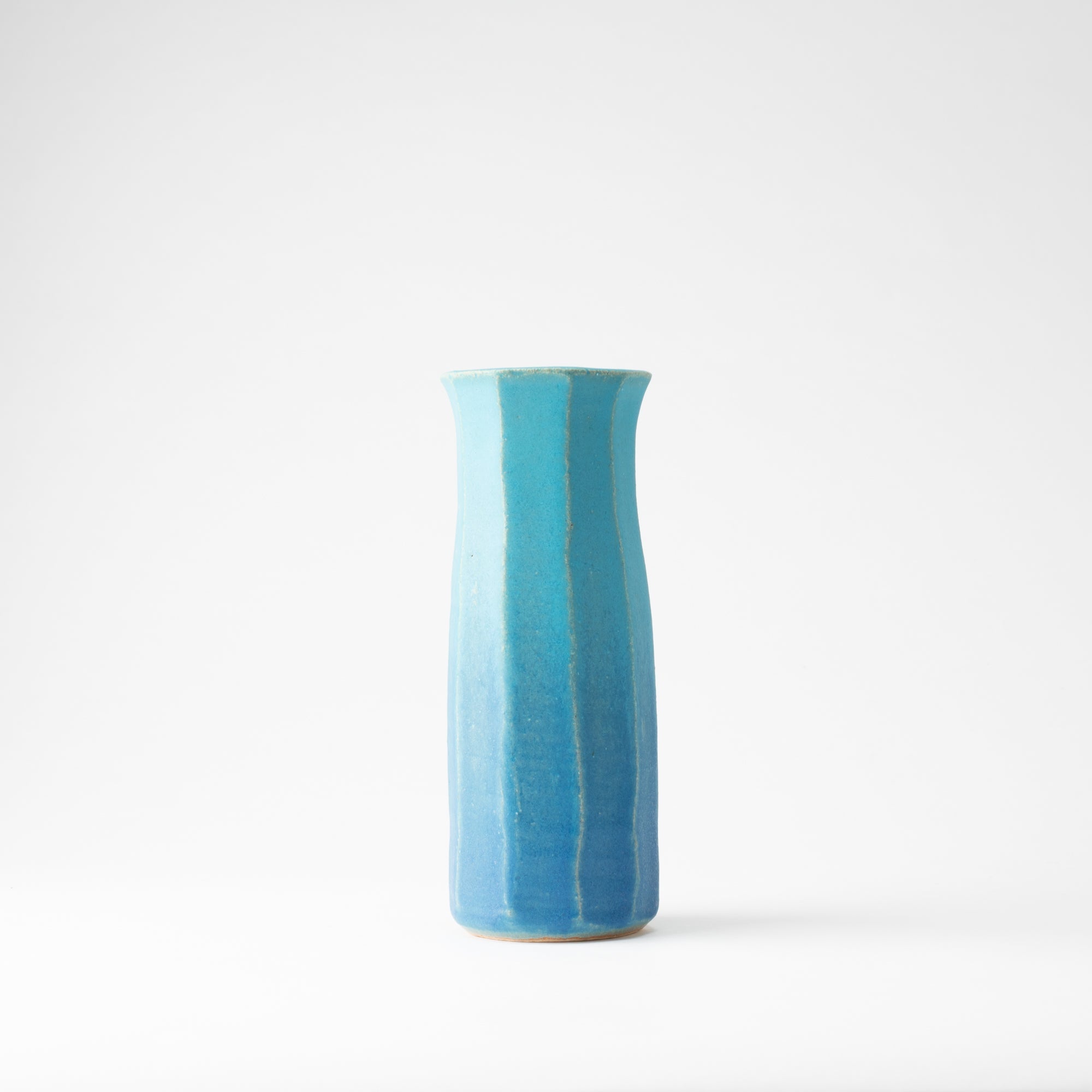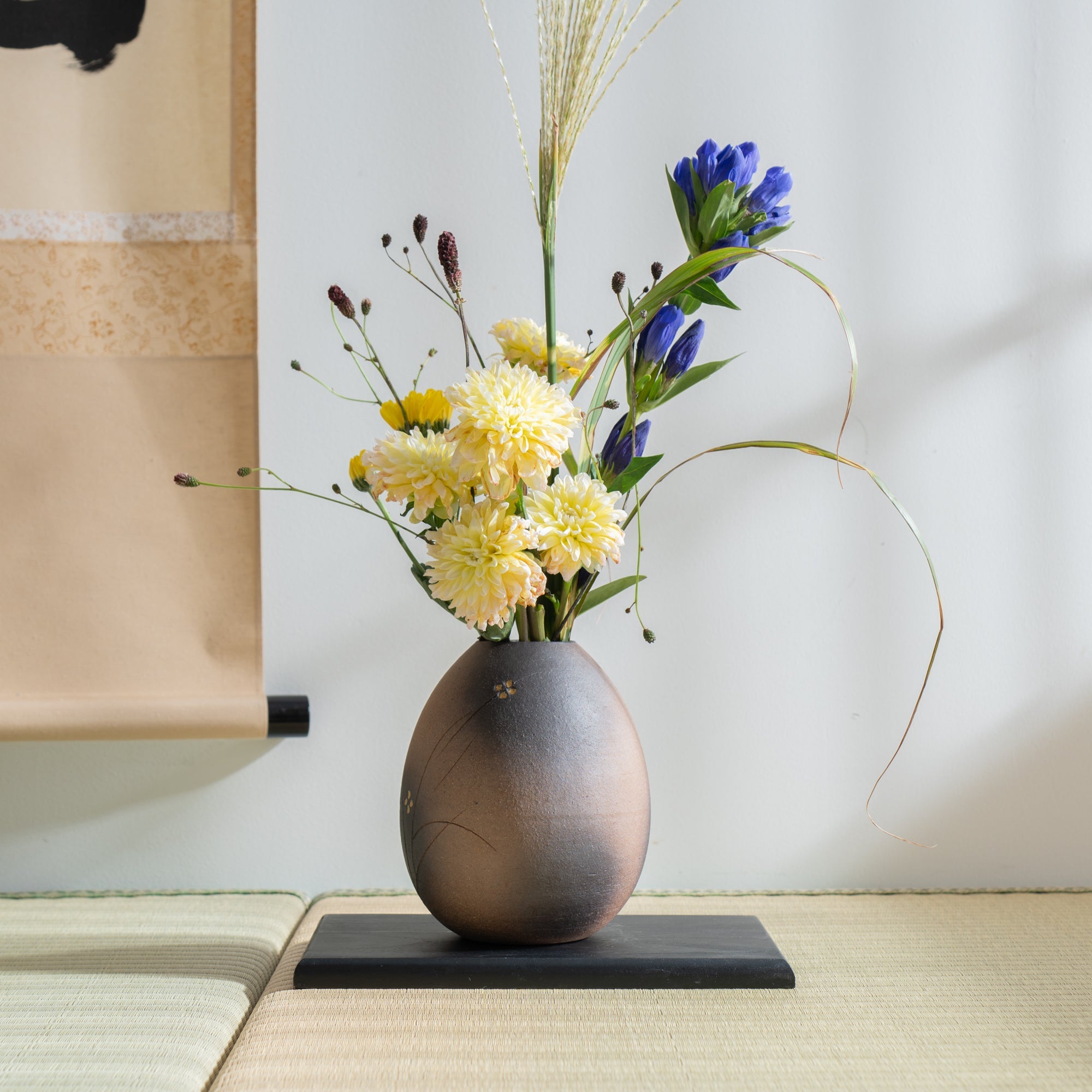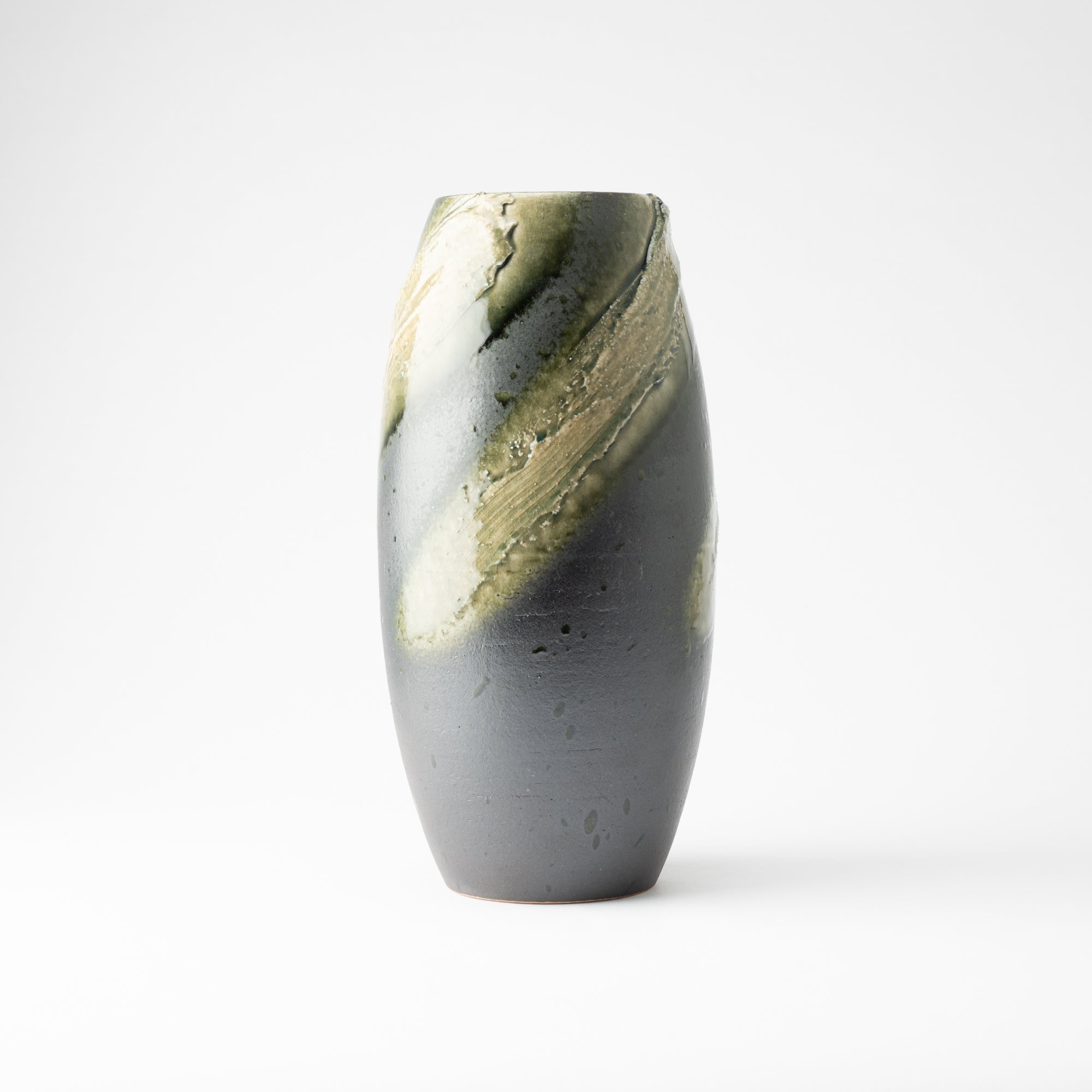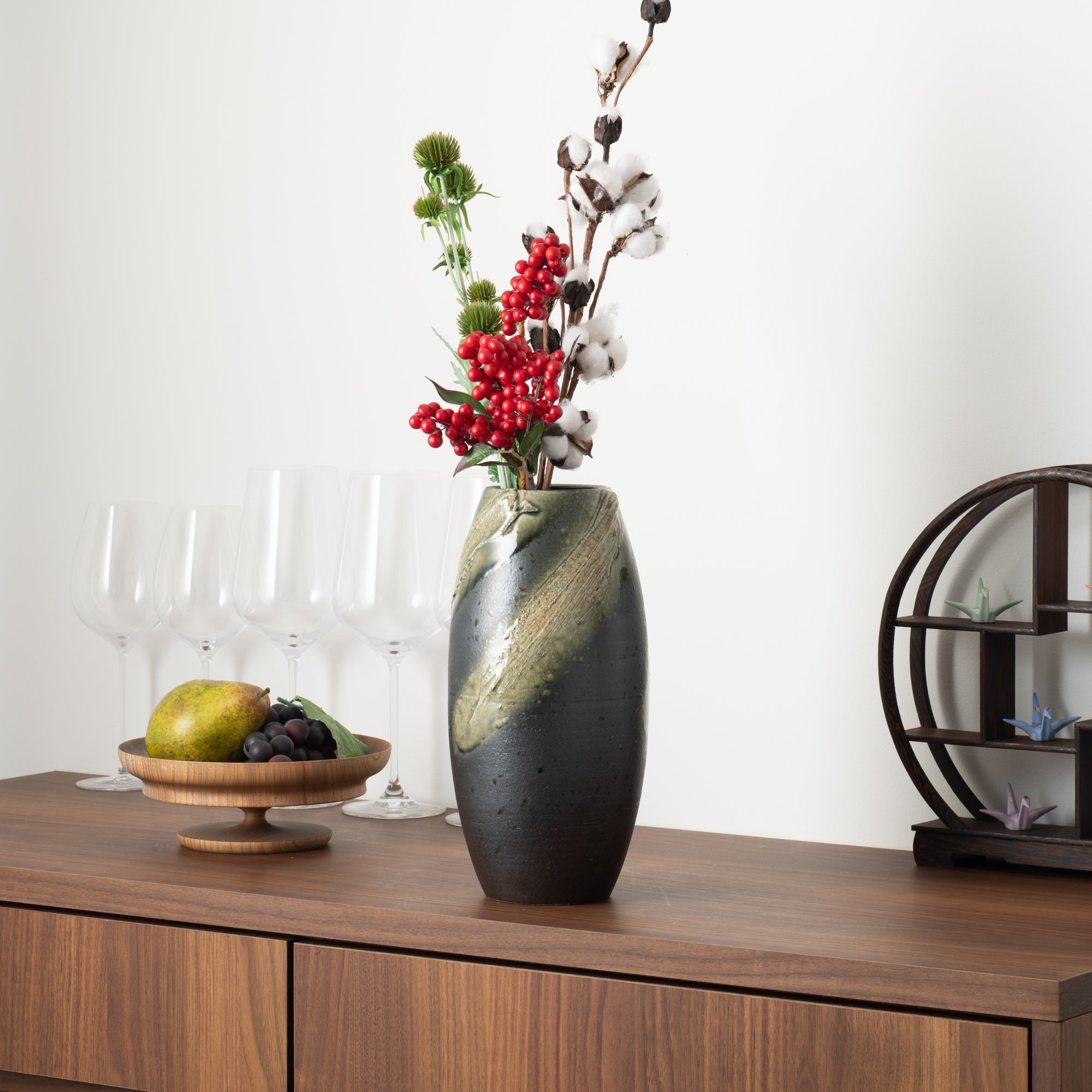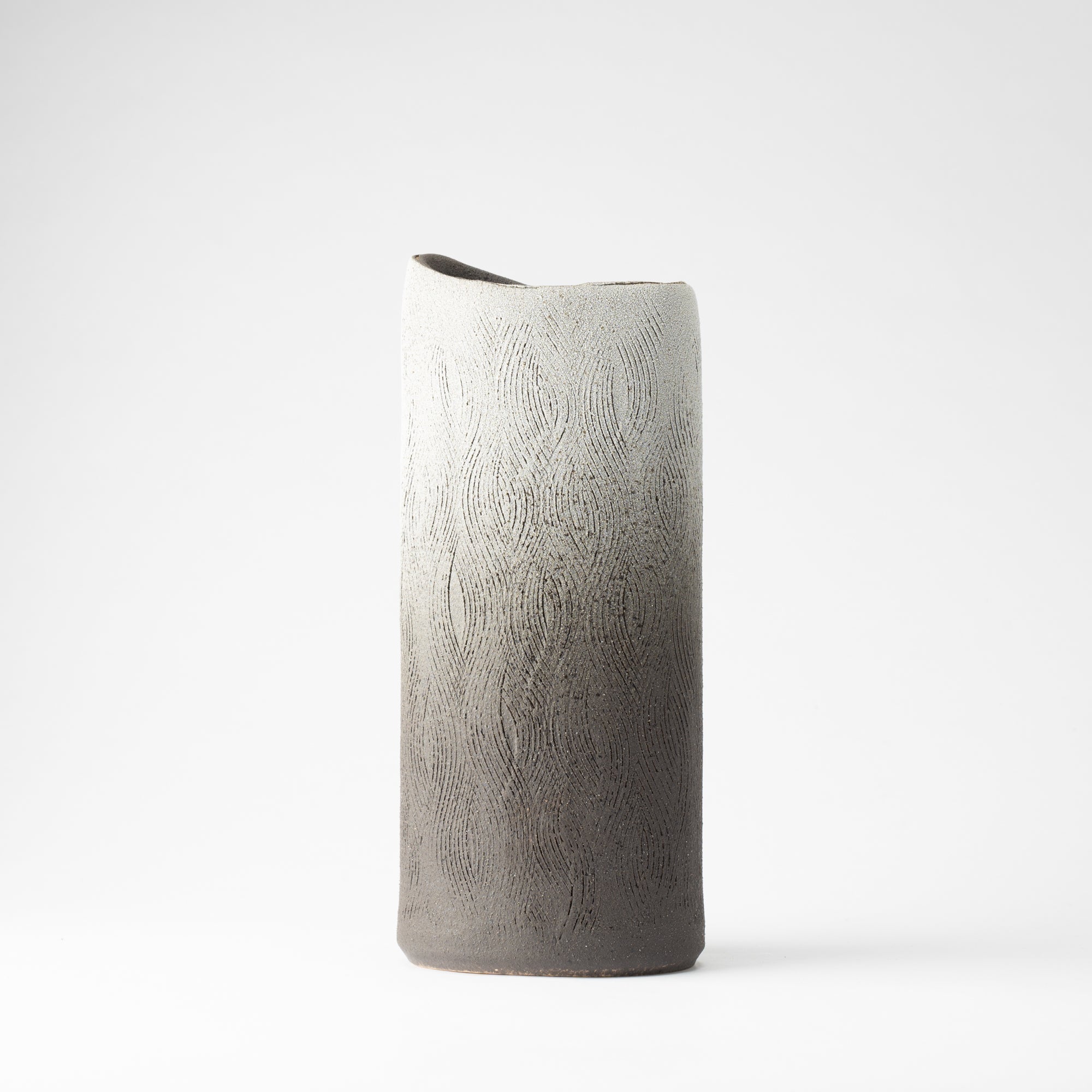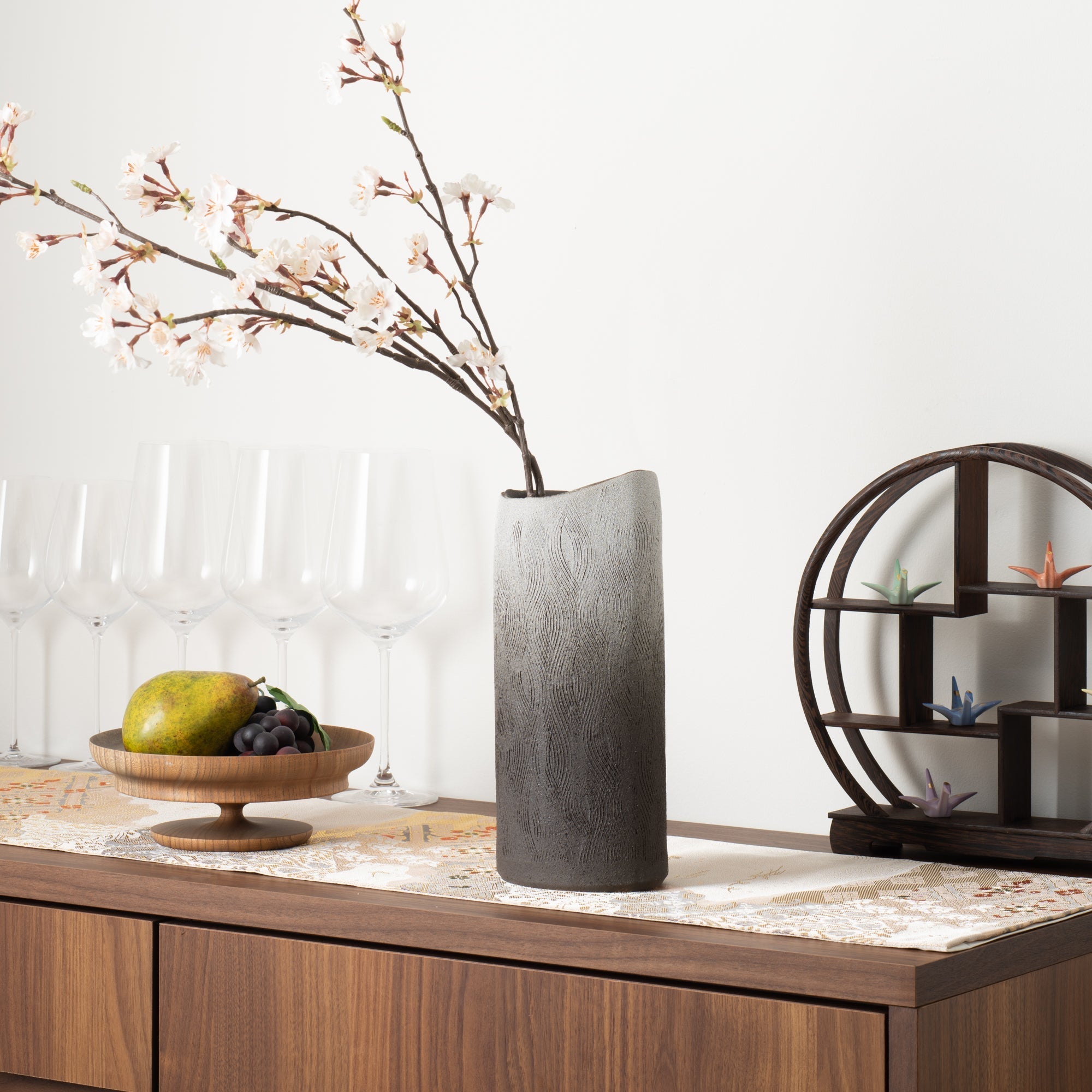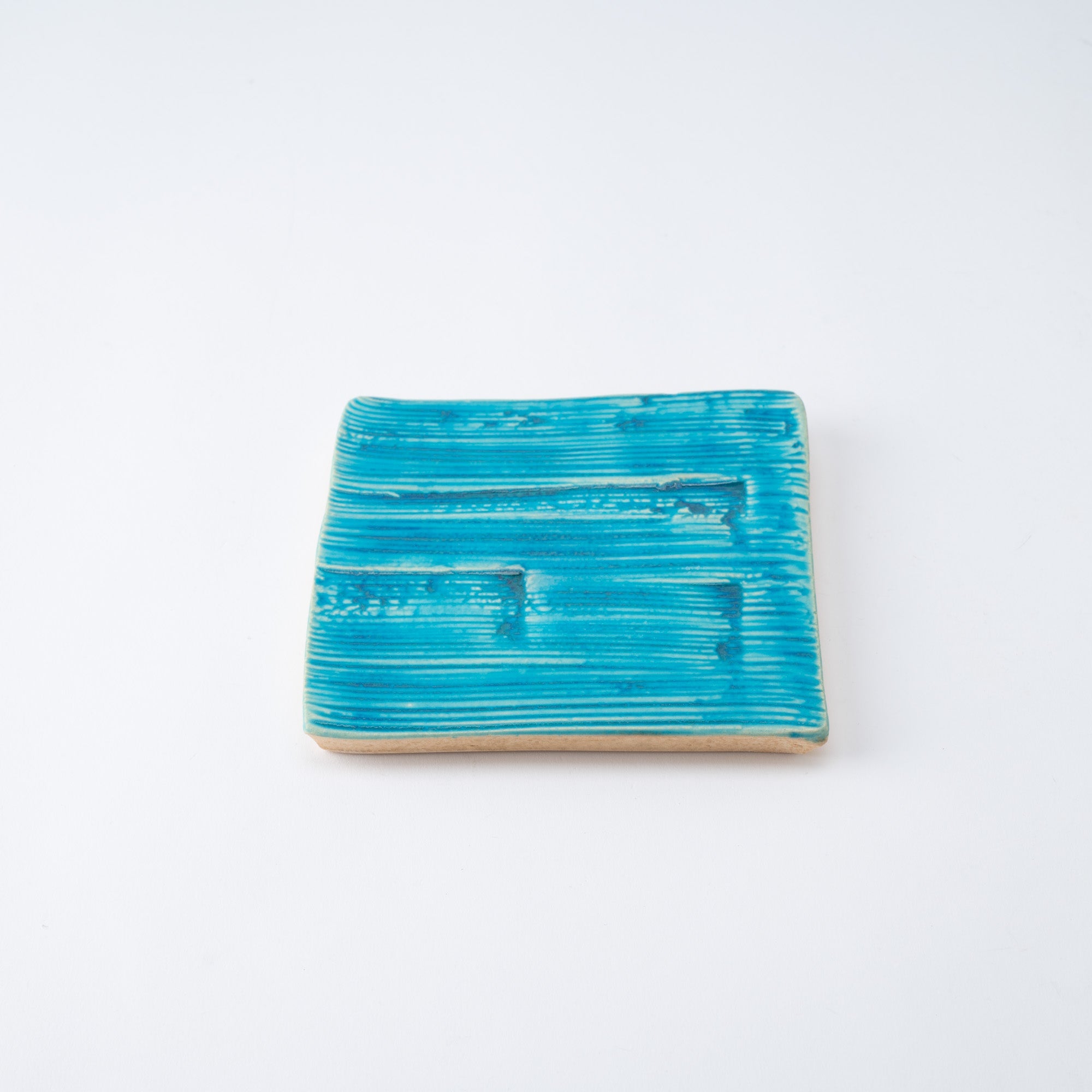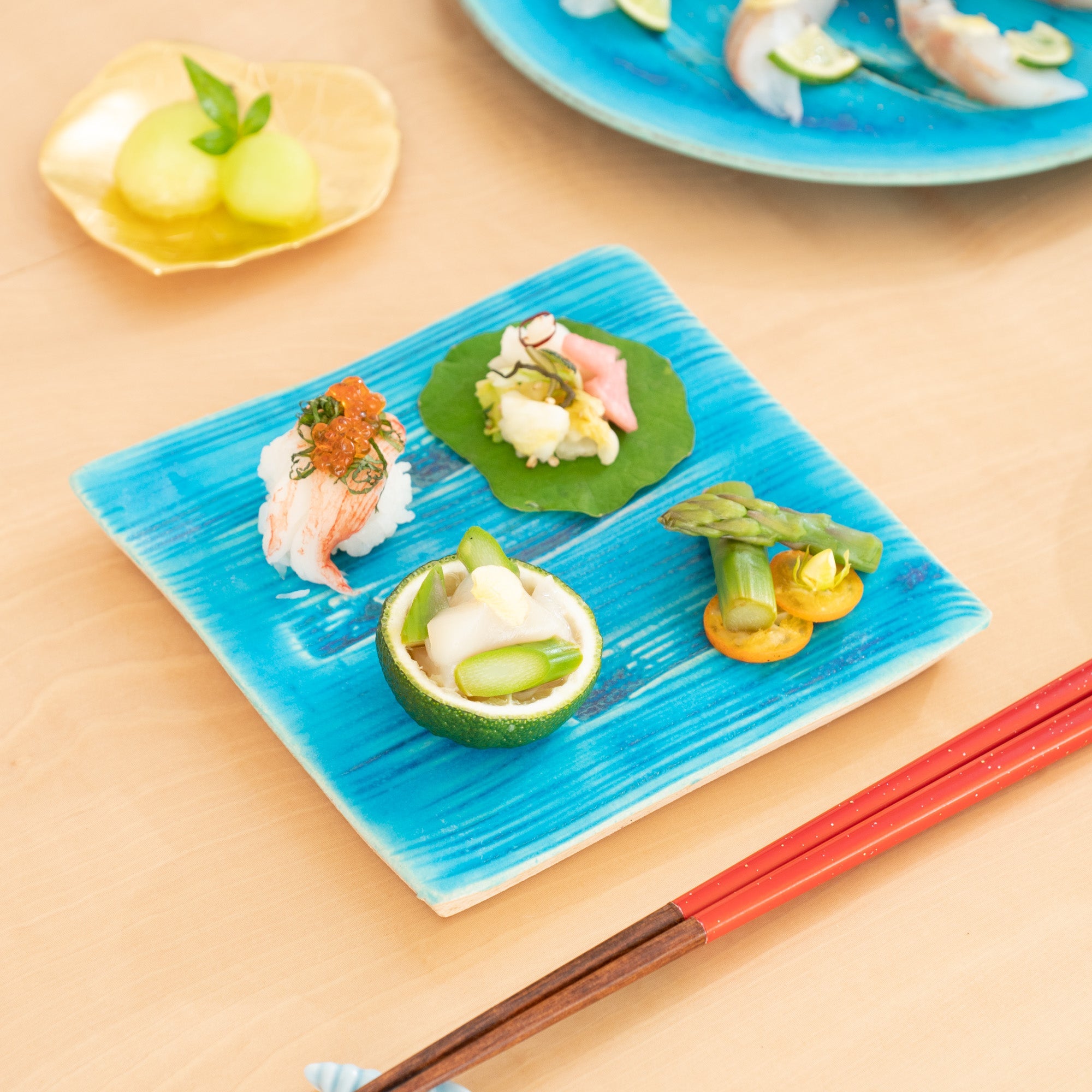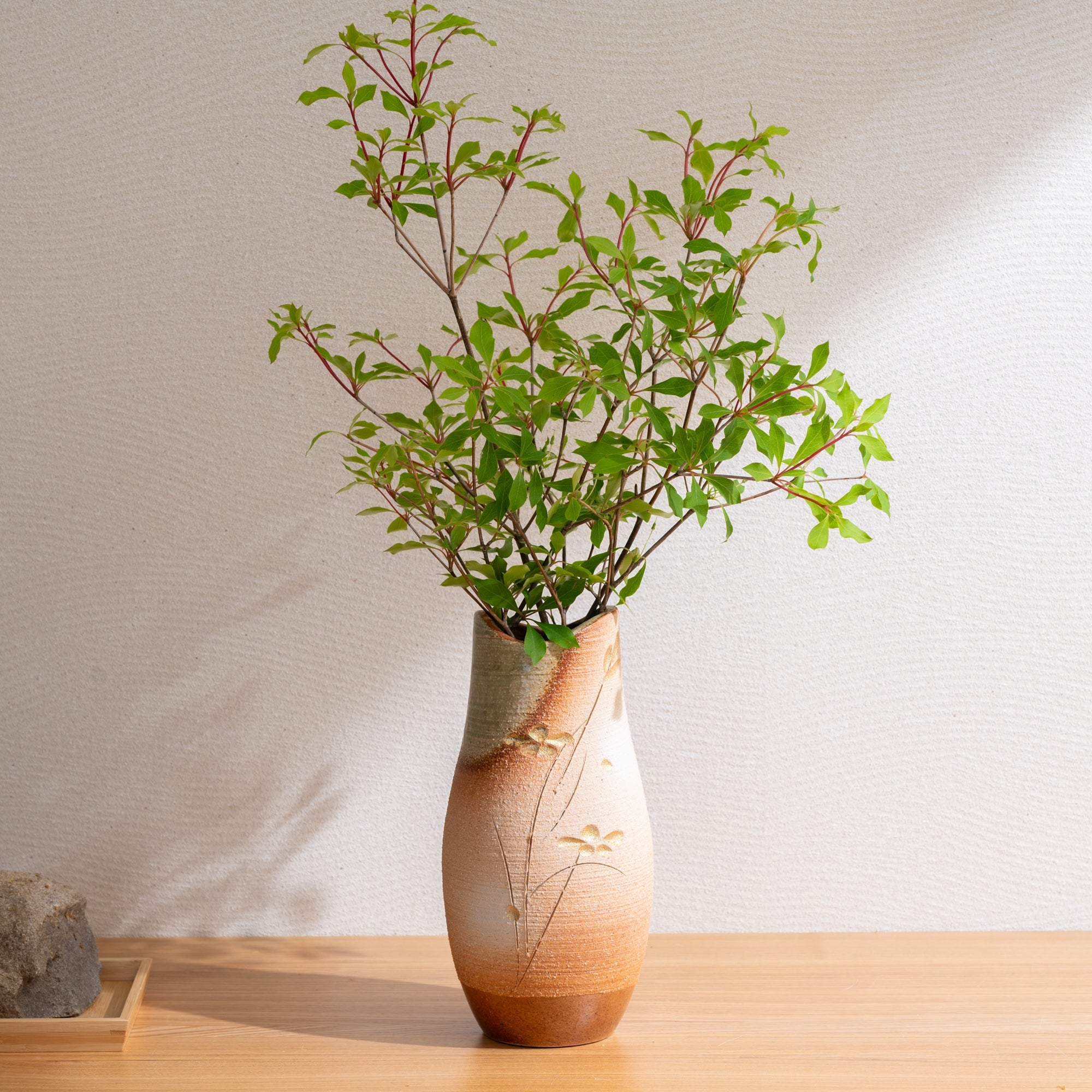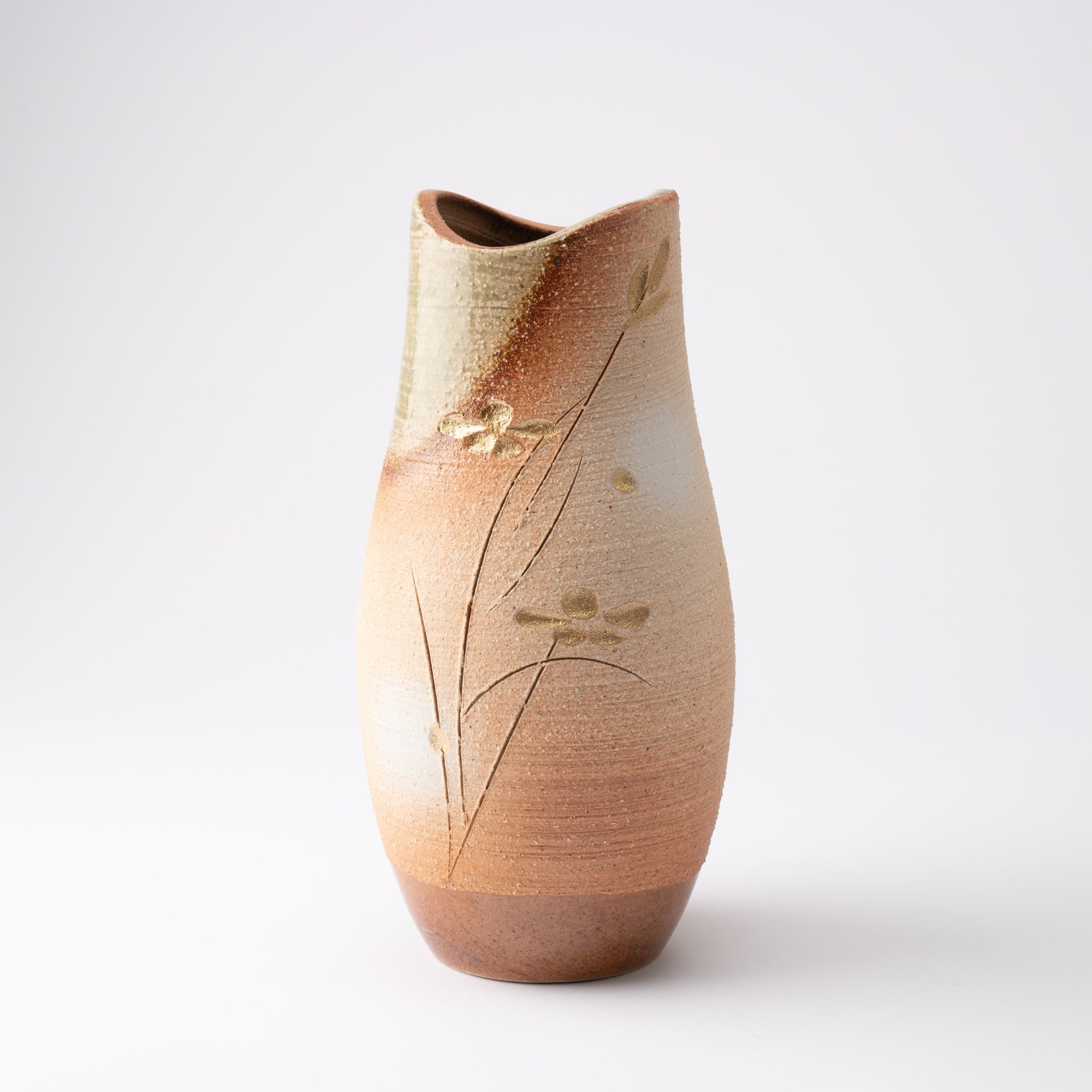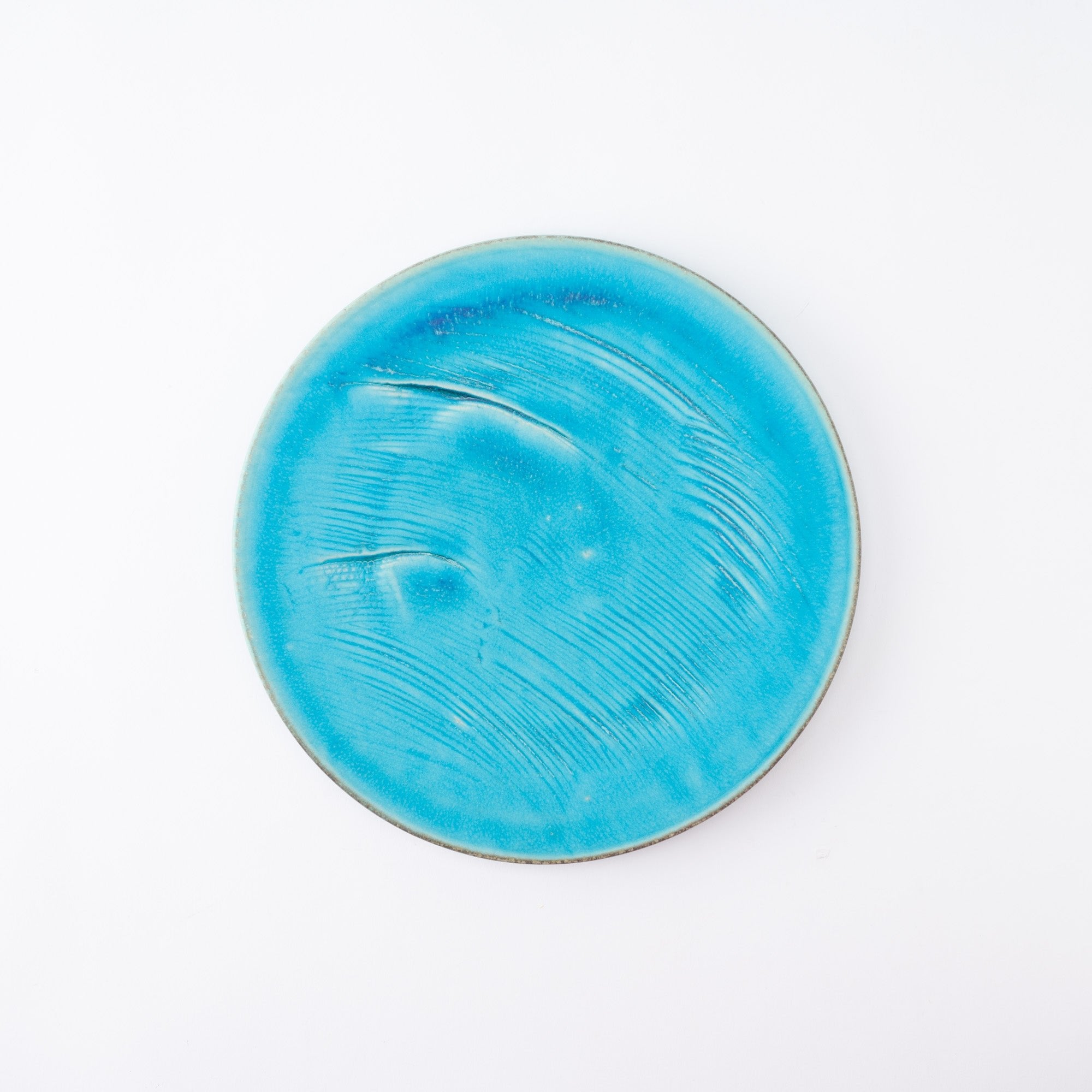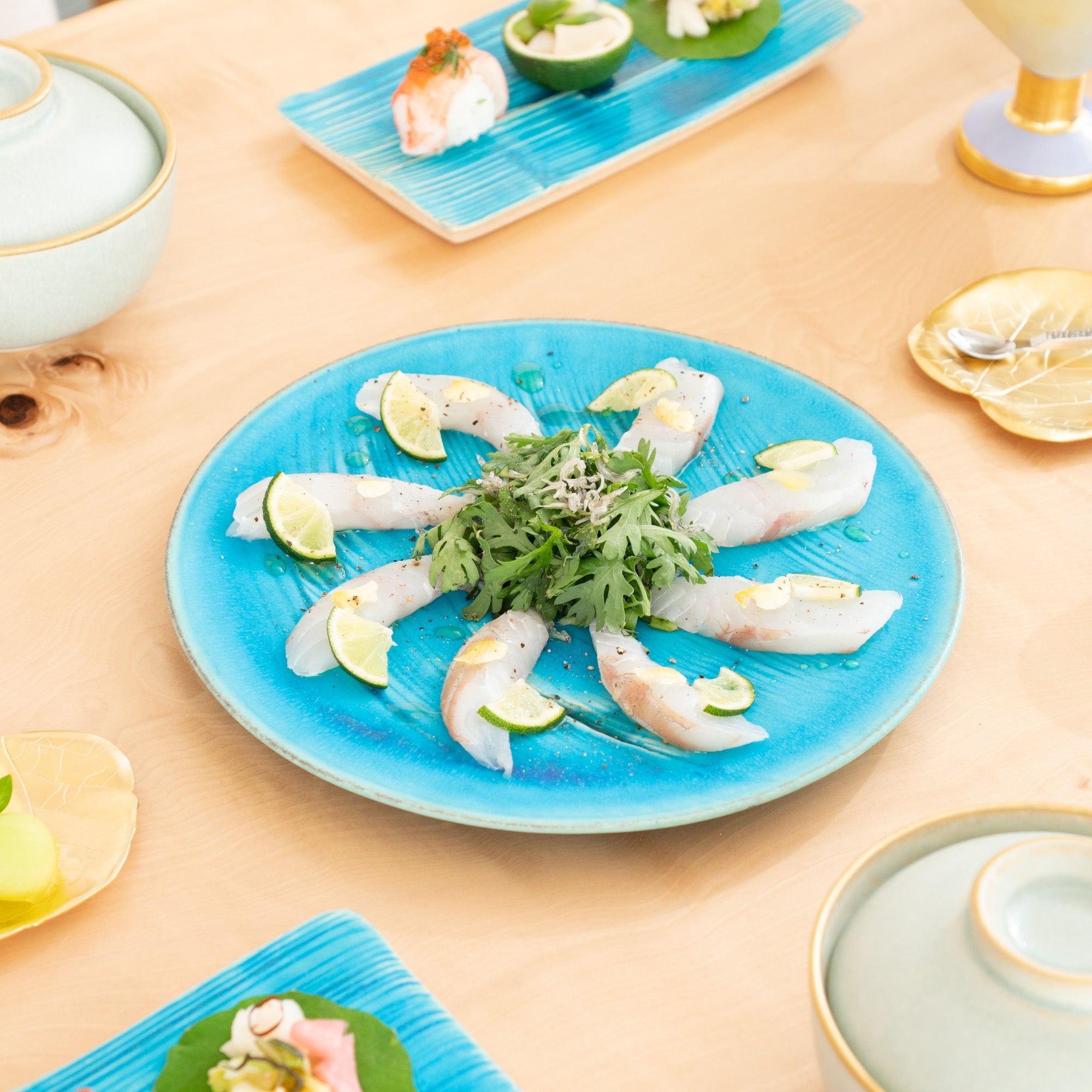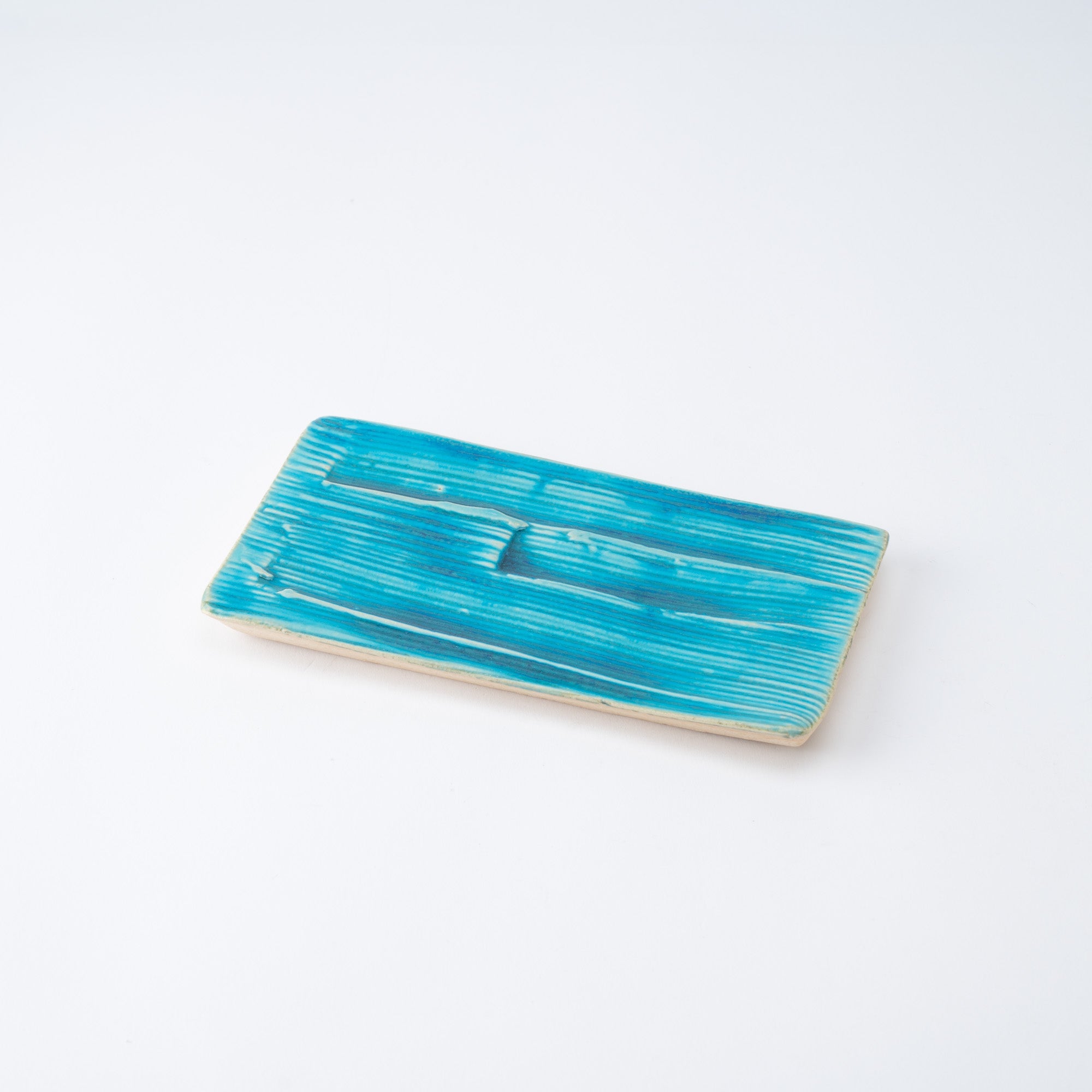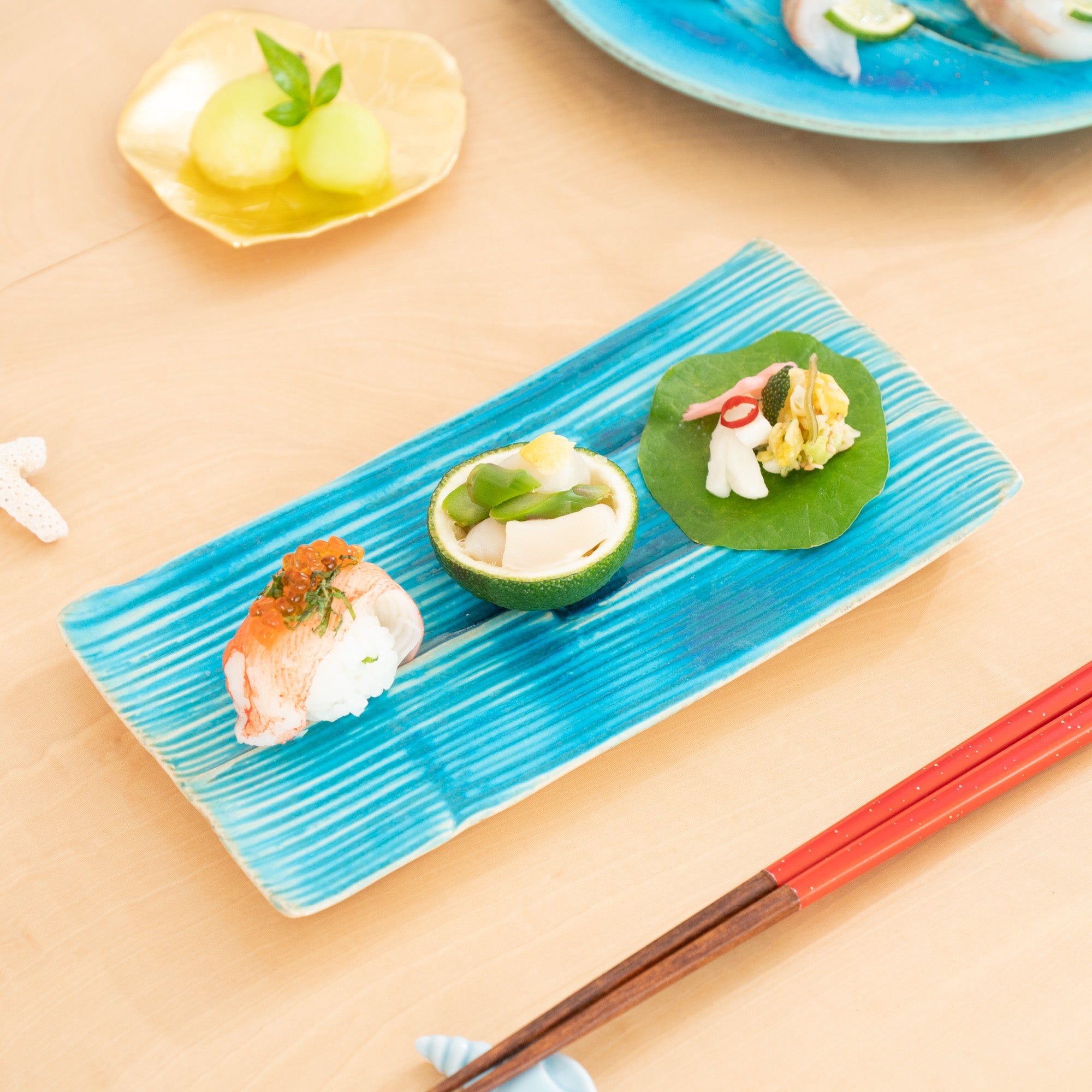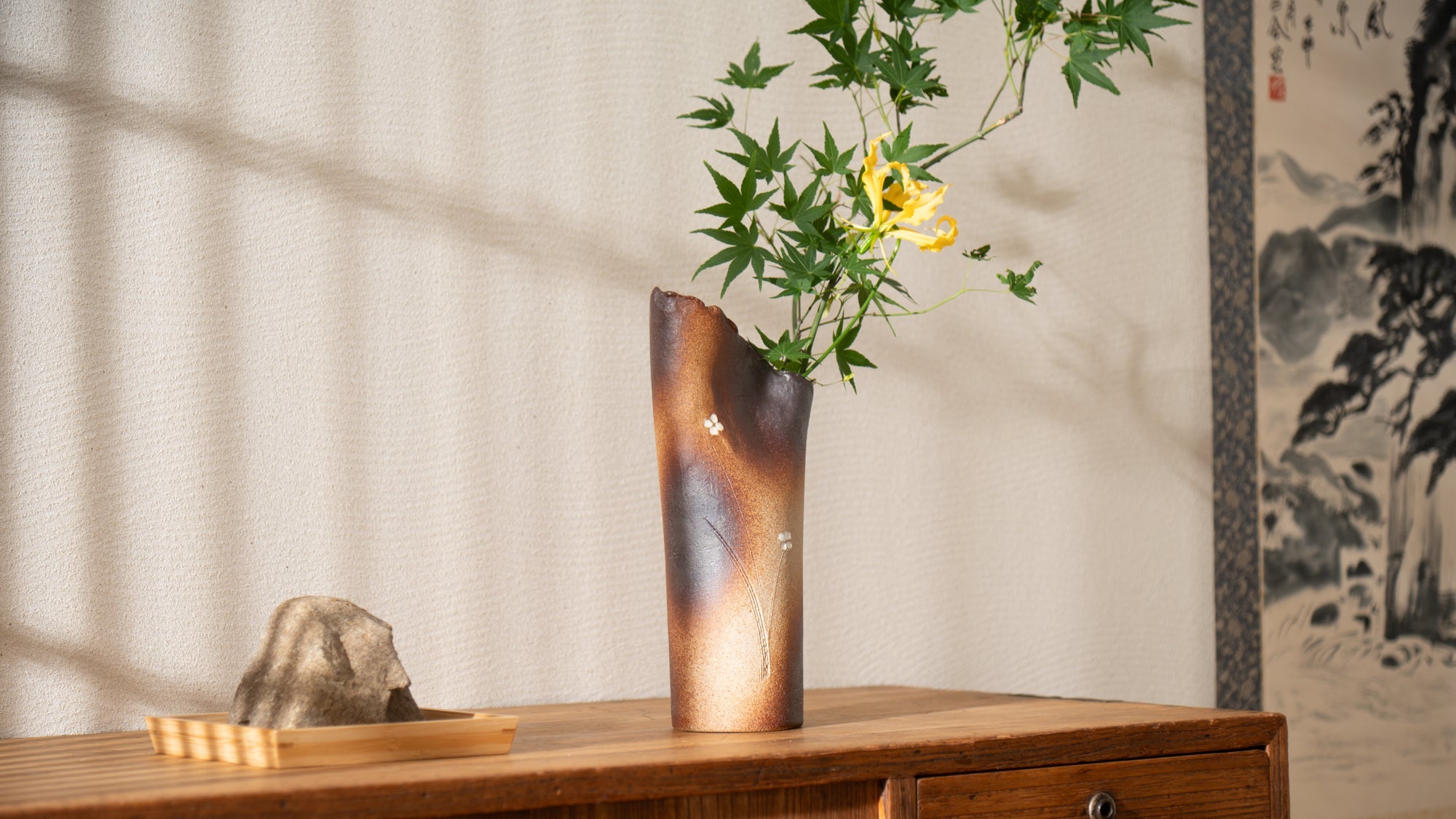
Wabi-Sabi Japanese Stoneware
Shigaraki Ware
Shigaraki is one of the Rokkoyo, Japan’s six oldest kilns, and has long produced natural ash-glazed pottery that leverages the inherent qualities of its clay. The clay, sourced from the ancient Lake Biwa layer formed 4 million years ago, is renowned for its high quality, fire resistance, and plasticity. This makes it ideal for crafting both large and small items. Even unglazed, Shigaraki ware exhibits a unique charm, making it a beloved choice for flower vases and tea ware.
Shigaraki ware is a representative form of Japanese pottery that allows you to appreciate the natural beauty of the clay, characterized by its warm color and thick, fire-resistant texture.
Shigaraki ware is a Japanese pottery produced in the area around the town of Shigaraki, Koga City, Shiga Prefecture. It is one of the Rokkoyo, which represent the six oldest ceramic production areas in Japan, and originated in the Nara Period (710 CE–794 CE).
Roof tiles made of Shigaraki ware were fired in Koga when the emperor of the time, Shomu Tenno, built a detached palace called Shigaraki-no-Miya.
Shigaraki ware is characterized by its rough, fire-resistant clay, and is made by mixing and kneading together raw materials named kibushi, mizuchi, and gairome with clay from the bottom layer of Lake Biwa. The clay is suitable for making large objects, and in the Kamakura period (1185 CE–1333 CE), water jugs were mainly made for storing water for daily use.
With the rise of the tea ceremony during the Sengoku period (1467 CE–1590 CE), Shigaraki ware captured the hearts of many tea masters, including Murata Juko (1423–1502) and Sen no Rikyu (1522–1591), for its embodiment of the aesthetics of wabi-sabi. The rustic warm texture and color of Shigaraki ware were highly valued.
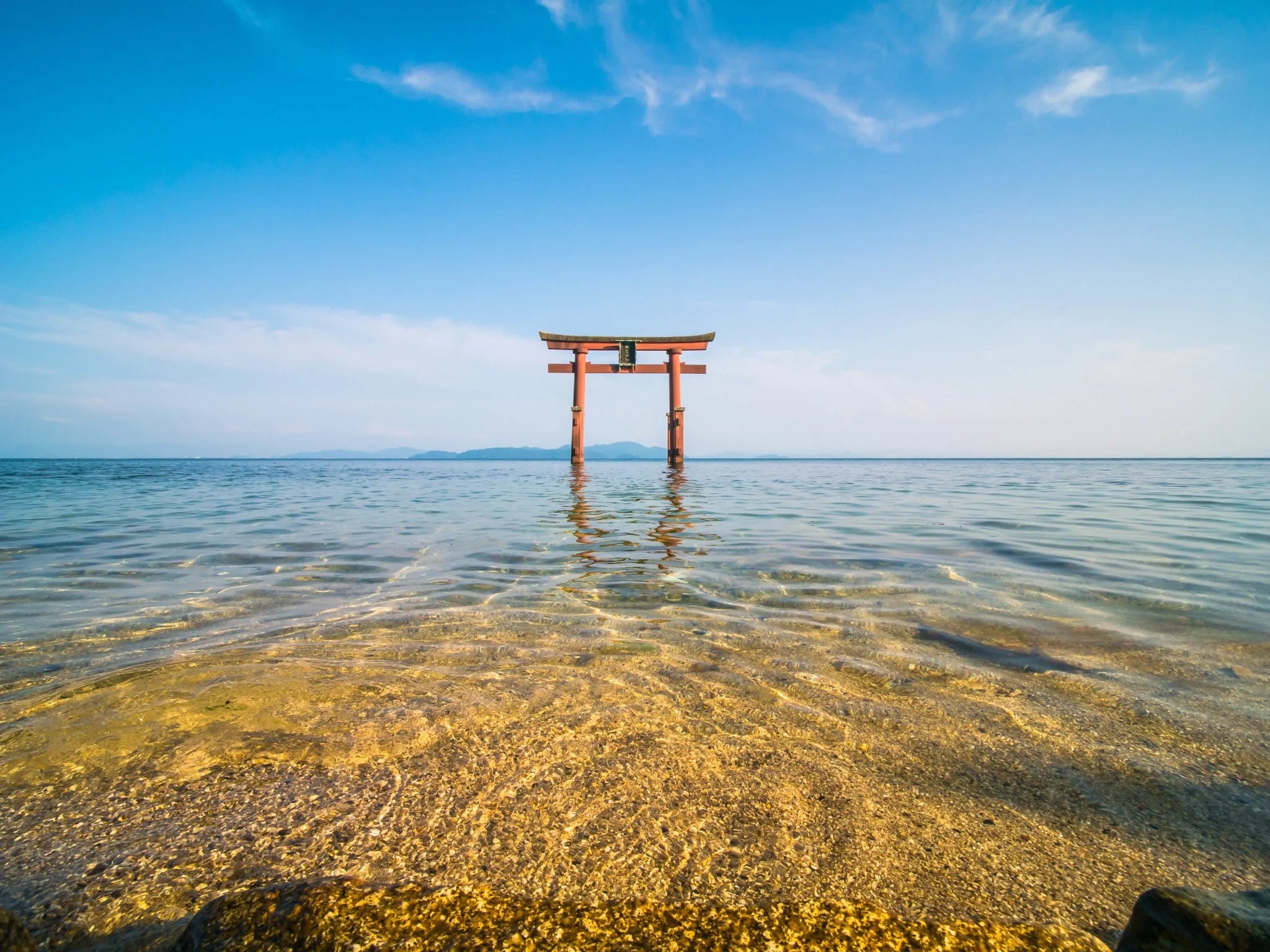
From the Edo Period (1603 CE–1868 CE) onward, Shigaraki ware became a household utensil with its fire-resistant properties, such as a tokkuri, a sake-carafe, and donabe Japanese clay pots. In the Meiji era (1868 CE–1912 CE), research on glazes was also advanced, and Shigaraki ware hibachi braziers became a representative kitchenware, accounting for as much as 80% of the domestic market share in Japan.
Today, Shigaraki ware is loved for its tasteful wabi-sabi style of clay texture as interior decoration and Japanese tableware. It is also widely seen in daily life as a popular material for flower vases and tiles, and is also known as a producer of the donabe clay pots that cook rice deliciously.
Alternatively, large ceramic raccoon dog figurines called tanuki, which have become synonymous with Shigaraki ware, can be found at some Japanese restaurants in Japan.
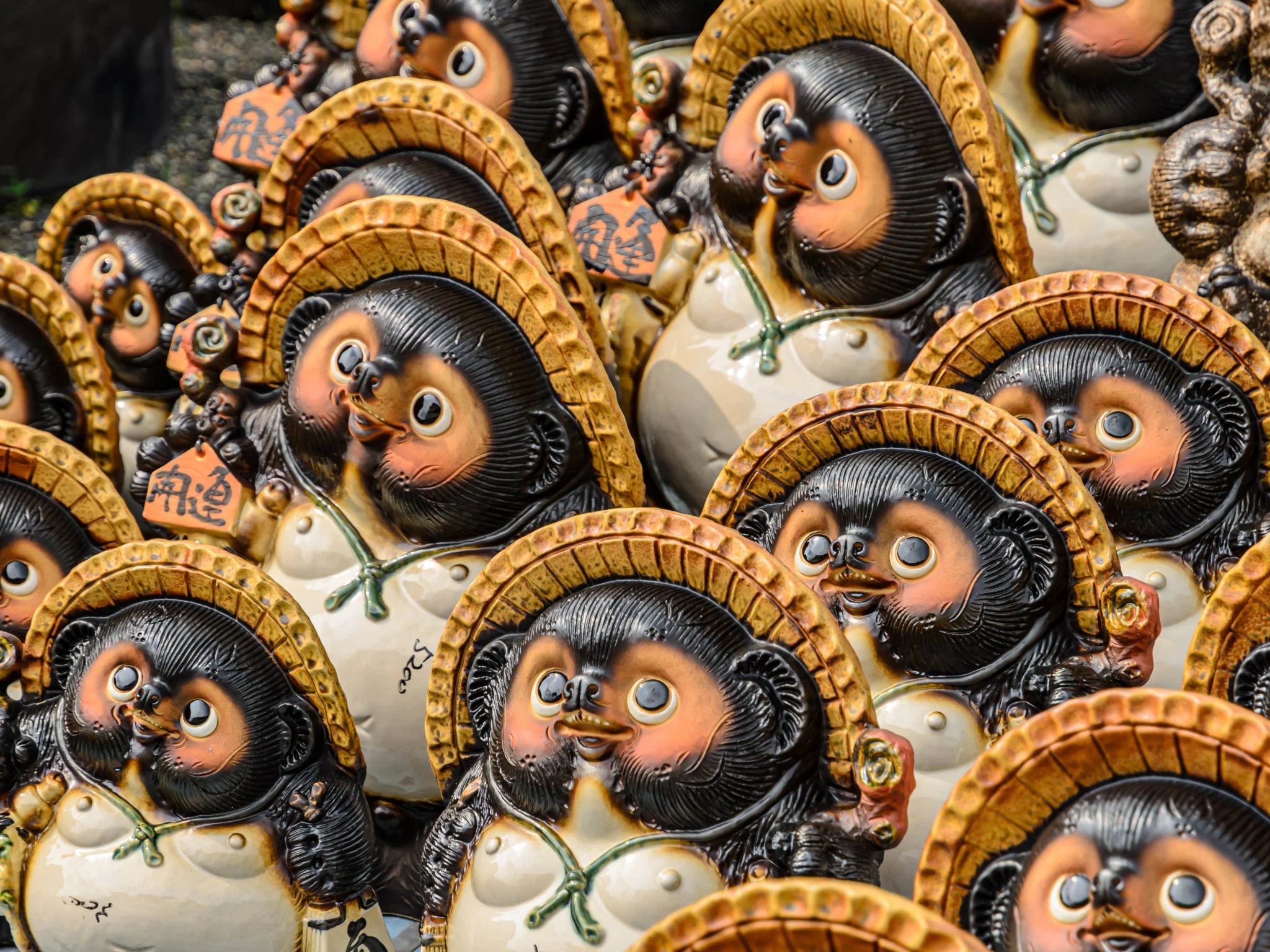
Makers
Related posts
Filters


